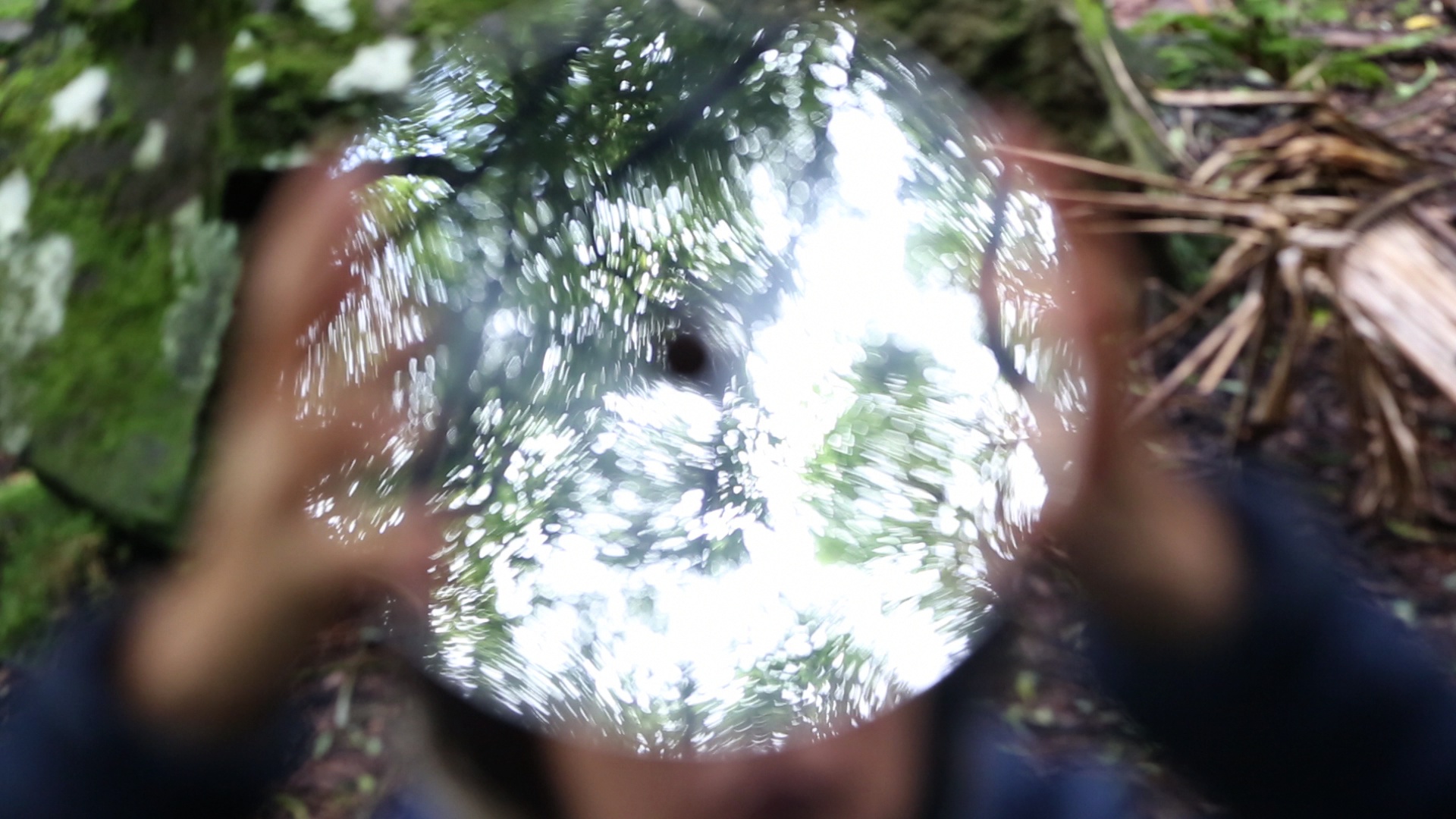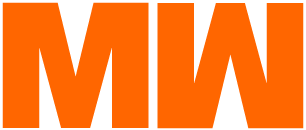
Marta Wengorovius, ‘Olho #1’, 2005, activatie in Furnas, São Miguel. Photography: Gilles Delmas
How do you exhibit an island? It’s a poetic question to which visual artist Marta Wengorovius (1963, Lisbon) since a few years is looking for an answer. On the Azores, a North Atlantic Portuguese autonomous region, she engaged local biologists, anthropologists, historians, a physicist, a writer and other specialists to meticulously map the island. This resulted in a detailed database out of which the artist develops visual work she will present in the exhibition Um, dois e muitos – Uma ilha em exposição from the end of August. During the preparation for the exhibition Wengorovius’ Olhos (Eyes), a project evolving since 2005, has been reactivated.
The essence of art is still looking. Sharpening the gaze, focusing the eye and looking at yourself and the world around you. Marta Wengorovius has been working on her Objectos de Errância (Objects for Wanderings) since more than ten years. The series consists of thin discs of various colours, sizes and materials, always with a round opening in the middle. The artist calls them Olhos (Eyes). They correspond not only to the anatomy of the eye – a coloured iris pierced by a pupil – but also to its function. The Olhos are not artworks to look at, but to look through.
Wengorovius regularly invites people to participate in her performances. They take place at precisely determined moments and in quiet natural surroundings. For each session a specific version of the artist’s Olhos travels with her in a minimalist wooden box. For each variant, she has written a set of instructions. The red Olho #3 (2005-06) and the orange Olho #4 (2005-08) are intended for sunset and sunrise respectively. The purple Olho #5 (2005-07) is used to follow the rise of the full moon.
It seems significant to mention that in Dutch the word ogenblik is synonymous with the word moment. Ogenblik is a combination of the words oog (eye) and blik (gaze), and can best be translated into English as a blink of the eye, meaning a very short space of time or, more literally, the duration of a glimpse, of a gaze. And it is precisely the gaze that concerns Wengorovius in these performances, more specifically the slowing down and sharpening of it. The concentric circles of her Olhos aid the concentration, and help to focus the eye so as to look more intensely.
During Wengorovius’ performances, the gaze opens up in all directions. It explores the landscape through the looking-hole in the Olho – which is comparable to a round window (oculus, Latin for eye) or the frame of a painting. It follows the course of a heavenly body like an eye caressing the line of a drawing. But the drawing in heaven is imaginary, in the same way as the horizon line between sky and earth is notional. Lines become lines of feelings and thoughts and thus bring us back to ourselves. What do we think we are seeing or hope to see? What is truly to be seen? How do we see the world and ourselves?
It is no coincidence that Olho #1 (2005) is a mirroring variant. It can literally and figuratively lead to self-reflection and stimulates the formation of an image regarding our particular place in a continuously changing world. The connotation of the self-portrait is not far off. When we carry out the accompanying instruction to hold the object at eye level and walk, a dynamic image appears in which our mirror image interacts with reflections of what is behind us and the part of the surroundings in front of us that can be seen through the circular opening in the disk. When interpreted in terms of time, this visual synthesis unites the past that is behind us, the present in which we are now, and a perspective of the future.
The transparent rainbow colours of Olho #2 (2005-07) offer a colourful view of the world, which is immediately put into perspective by the less magical, stark colour of reality which at the same time penetrates the looking-hole in the disk. The spectrum plays on our eye and might be a symbol of diverse world-views. A political desire is also palpable in the subtle, poetic action that goes with Olho #6 (2007-09). This work consists of three cardboard rectangles with a circular cut-out. Their diameters range from 1 to 4 metres. During a performance in the city, Wengorovius laid these templates on the paving stones and then carefully cleaned each of the circles. This created a transient and almost invisible urban drawing, carried out in public space to initiate dialogue and as a call for social engagement.
Annelies Vantyghem
14 July, 2016
